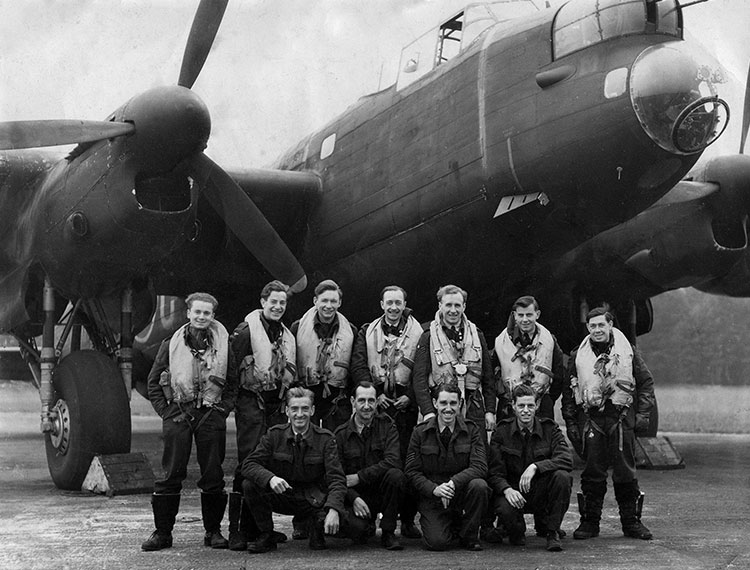Monday 1st April 1918 - the Royal Flying Corps and the Royal Naval Air Service merge to become The British Royal Air Force; an institution that today is considered one of the most prestigious and effective air forces in the world.
Prelude to the Battle of Britain
The unification of the RFC and the RNAS was a direct response to the events of the First World War where both bodies had already demonstrated impressive aviation strategy and dominance.
It was the 1930’s that saw the RAF evolve, innovate and prepare for the challenges ahead. Focusing on developing a sophisticated command and control system and investing in radar technology, the foundations that would allow Britain to triumph against the mighty Luftwaffe, the German Airforce who swore to drive the RAF out of the sky, were being laid!
The Battle of Britain
The Battle of Britain fought between July and October 1940 stands out not only as a crucial campaign during World War II but also as the defining moment that solidified the RAF's reputation and laid the foundation for its enduring success.
Operation Sea Lion was the planned invasion of Britain after France surrendered to the Nazi’s on the 22 June 1940. The Nazi’s needed air superiority which they set out to achieve on July 10th when 120 German bombers were unleashed. Their destination? Great Britain!
What the Germans failed to foresee was the distinctive advantage the RAF possessed using radar. Within 20 minutes, the RAF could detect German bombers crossing the channel, and have their best pilots locked, loaded and ready to take off to take on the Luftwaffe head on in their renowned Hurricanes and Spitfires.
"Never in the field of human conflict
was so much owed by so many to so few"
The courage and determination of the RAF pilots, famously referred to as "The Few" by Winston Churchill, were instrumental in the RAF's success. Despite being outnumbered, their skill, bravery, and relentless effort turned the tide of the battle.

The RAF's Triumph and Its Consequences
The RAF's triumph in the Battle of Britain had far-reaching consequences. It ensured that Britain remained a stronghold against Nazi expansion, allowing it to serve as a launchpad for future Allied operations, including the D-Day landings.
Just three years after the surrender of the Nazi’s in 1945, The RAF continued to shape history through their efforts in the Cold War. They became a key player in the Berlin Airlift, a humanitarian operation that saw the RAF alongside the US Air Force delivering resources to West Berlin, an area that had been blockaded by the Soviets.
The RAF has maintained a legacy of humanitarian assistance. Beyond military operations, they have provided crucial support in global crises such as the devastating 2004 tsunami and the 2014 Ebola outbreak showing they are so much more than a combat force.
As we reflect on the remarkable journey of the Royal Air Force since its formation on April 1st, 1918, its evolution into a powerhouse of aviation excellence is undeniable. From its critical role in World War II, where "The Few" bravely defended Britain's skies during the Battle of Britain, to its pivotal contributions in global crises and humanitarian missions, the RAF has consistently proven itself as not just a defender of nations, but a beacon of hope and aid worldwide.
Motorfinity
Motorfinity offers exclusive discounts on new cars for RAF. Save on average £7,000 on all makes & models.
Are you eligible?
Our nation’s Armed Forces, Veterans, Emergency Services, NHS, Police and Prison Services, the Education and Social Care sectors and more form our eligible audience.


_1718897366.jpg)


